 Shutterstock
Shutterstock
We all know dogs are affectionate, loyal, and sometimes a little dramatic—but their emotional world runs deeper than most of us realize. These furry companions don’t just feel joy or sadness; they experience a complex range of emotions similar to humans. From jealousy and embarrassment to empathy and grief, your dog is navigating a rich inner life with every tail wag and soulful stare. As science continues to study canine behavior, we’re learning just how emotionally intelligent our four-legged friends really are.
Dogs Can Get Jealous
 Shutterstock
Shutterstock
You’re not imagining things—your dog really does shoot you a look when you pet another pup. Studies show that dogs can experience jealousy, especially when their favorite human gives attention to someone—or something—else. They may push between you and another dog, nudge your hand, or even sulk in the corner like a furry soap opera character. It’s their way of saying, “Excuse me, I thought we were exclusive.” While it’s adorable, it also highlights how deeply bonded they become with their humans.
They Can Read Your Emotions
 Shutterstock
Shutterstock
Dogs aren’t just great at fetching tennis balls—they’re also experts at fetching your mood. Research shows dogs can read human facial expressions and body language to determine how you’re feeling. Whether you’re sad, anxious, or over-the-moon happy, your dog probably knows before your best friend does. They pick up on tone of voice, posture, and even eye movement, which helps them respond with cuddles, space, or spontaneous zoomies. It’s basically emotional Wi-Fi with fur.
They Experience Grief
 Shutterstock
Shutterstock
When a canine companion or human family member passes away, dogs often show signs of mourning. They may become withdrawn, lose interest in food or play, or exhibit clinginess and confusion. While we can’t ask them exactly what they’re feeling, their behavior tells a powerful story of emotional loss. They can grieve for weeks or even months, depending on the depth of the bond. So if your dog seems “off” after a loss, know it’s not just in your head—they’re feeling it too.
They Can Feel Embarrassment
 Shutterstock
Shutterstock
Yes, dogs can feel what seems like embarrassment, especially when they’ve done something goofy and get a big reaction from their humans. Think of when your dog misjudges a jump, slips off the couch, or walks into a screen door, then looks around like, “Did anyone see that?” While it’s not quite the same complex self-consciousness humans experience, it’s a similar response to social awkwardness. That sheepish glance is more than just cute—it’s emotional awareness in action.
They Love Routine Because It Brings Emotional Security
 Shutterstock
Shutterstock
Dogs are creatures of habit, not just because they’re predictable, but because routine makes them feel safe. Consistency in mealtimes, walks, and bedtime helps reduce anxiety and builds trust in their environment. When the schedule is disrupted, you might see signs of stress, like pacing, whining, or clinginess. Your dog’s love of routine isn’t about being boring; it’s about emotional comfort. Basically, your pup loves a structured life more than a Type A project manager.
Dogs Can Hold Grudges (Kind Of)
 Shutterstock
Shutterstock
While dogs don’t stew in anger like humans do, they can definitely remember negative experiences—and the people involved. If you accidentally step on your dog’s paw or forget dinner, don’t be shocked if they give you the cold shoulder for a bit. They may act aloof, avoid eye contact, or retreat to their favorite sulk spot. Fortunately, their “grudges” are usually short-lived and can be cured with snacks and an apologetic voice. Still, that guilty side-eye says, “I haven’t forgotten… but I might forgive.”
They Can Feel Empathy
 Shutterstock
Shutterstock
Dogs are often tuned in to our emotional ups and downs, offering comfort when we’re sad or anxious. Studies show that dogs will often approach and nuzzle a crying person—even if they’re a stranger—suggesting a natural capacity for empathy. They may sit quietly beside you, lay their head on your lap, or follow you around more than usual during tough times. It’s their way of saying, “I’ve got you,” without needing a single word. Basically, they’re four-legged therapists in fur coats.
Tail Wags Don’t Always Mean Happiness
 Shutterstock
Shutterstock
A wagging tail is often associated with a happy pup, but the direction and intensity of the wag actually reveal a range of emotions. A tail wagging more to the right is usually a sign of positive feelings, while wagging to the left may indicate nervousness or uncertainty. Slow, low wags can signal insecurity, while fast, high wags tend to show excitement. So, not all tail wags are created equal—some are joyful, some are worried, and some are just really confused about what the vacuum cleaner is.
They Can Get the “Zoomies” from Pure Joy
 Shutterstock
Shutterstock
Frenetic Random Activity Periods (aka zoomies) often occur when dogs are overwhelmed with excitement and joy. It’s a physical expression of their emotional high, like doing a happy dance, but with way more running and flopping. You might see zoomies after a bath, during playtime, or when you come home after a long day. It’s their way of saying, “I’m so excited I can’t control my legs!” So next time your dog zips in circles like a maniac, know it’s a celebration of happiness.
Dogs Get Bored—and It Can Affect Their Mood
 Shutterstock
Shutterstock
Just like humans, dogs can get bored, and when they do, it can lead to restlessness, frustration, or even mischief. Bored dogs may bark excessively, chew furniture, or dig holes that look like they’re starting a backyard escape tunnel. Mental stimulation, interactive toys, and new experiences help combat boredom and keep their emotional state balanced. A bored dog isn’t a bad dog—they’re just looking for something meaningful to do. You know, like taste-testing your shoes.
Your Dog Has a “Happy Cry” When You Come Home
 Shutterstock
Shutterstock
Ever notice your dog whimper or softly vocalize when you walk in the door? That’s not sadness—it’s emotional overflow. Many dogs express excitement and affection by letting out little yips, cries, or grumbles when reunited with their favorite human. It’s the dog version of, “Oh my gosh, I missed you so much, I can’t even handle it!” While it might sound dramatic, it’s actually one of the purest forms of love. Who else greets you like a rockstar every time you enter a room?
The Emotional Support Is Mutual—And Slightly Drooly
 Shutterstock
Shutterstock
From sensing your moods to feeling their own, dogs are emotional experts wrapped in fur and fueled by treats. They read you better than most humans, love with every wag, and convey more with one tilt of the head than a motivational speaker ever could. So when your pup looks at you like you’re made of steak and sunshine, trust that the emotion is genuine, loyal, and maybe a little drooly. You’re not just their person—you’re their whole, wag-worthy world.

 3 weeks ago
14
3 weeks ago
14
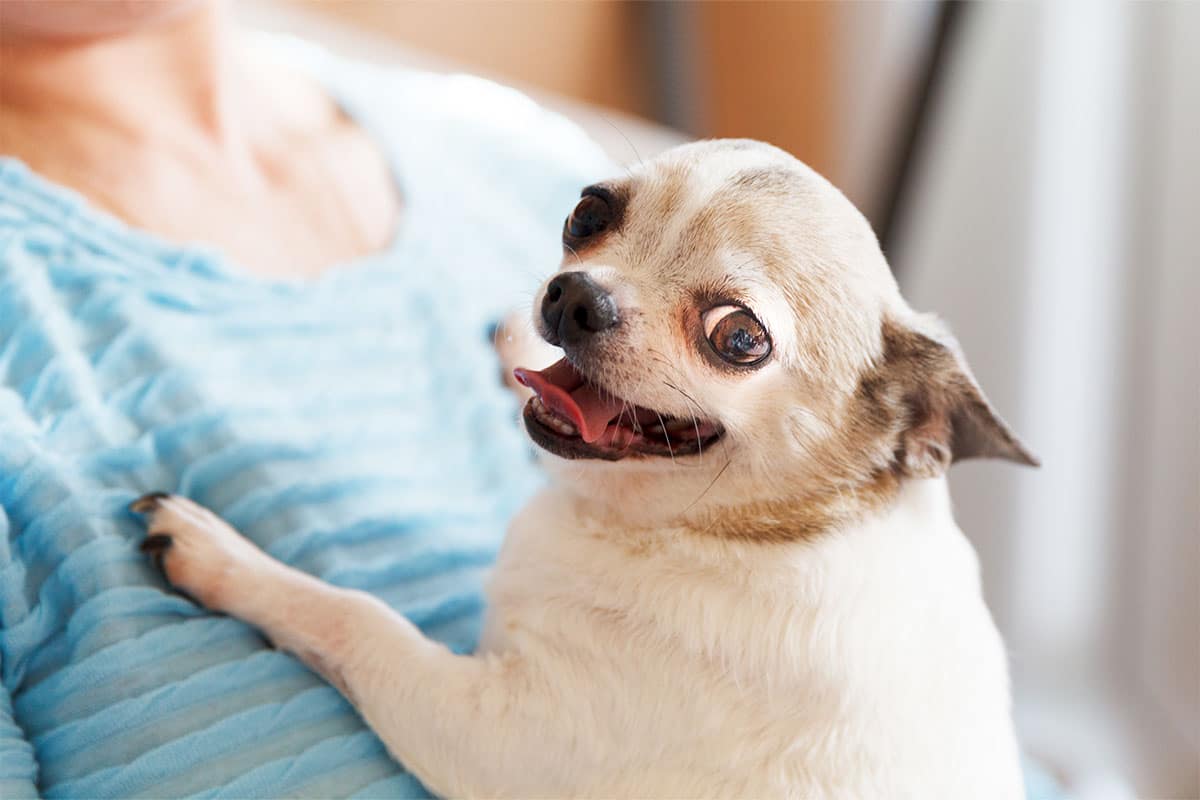
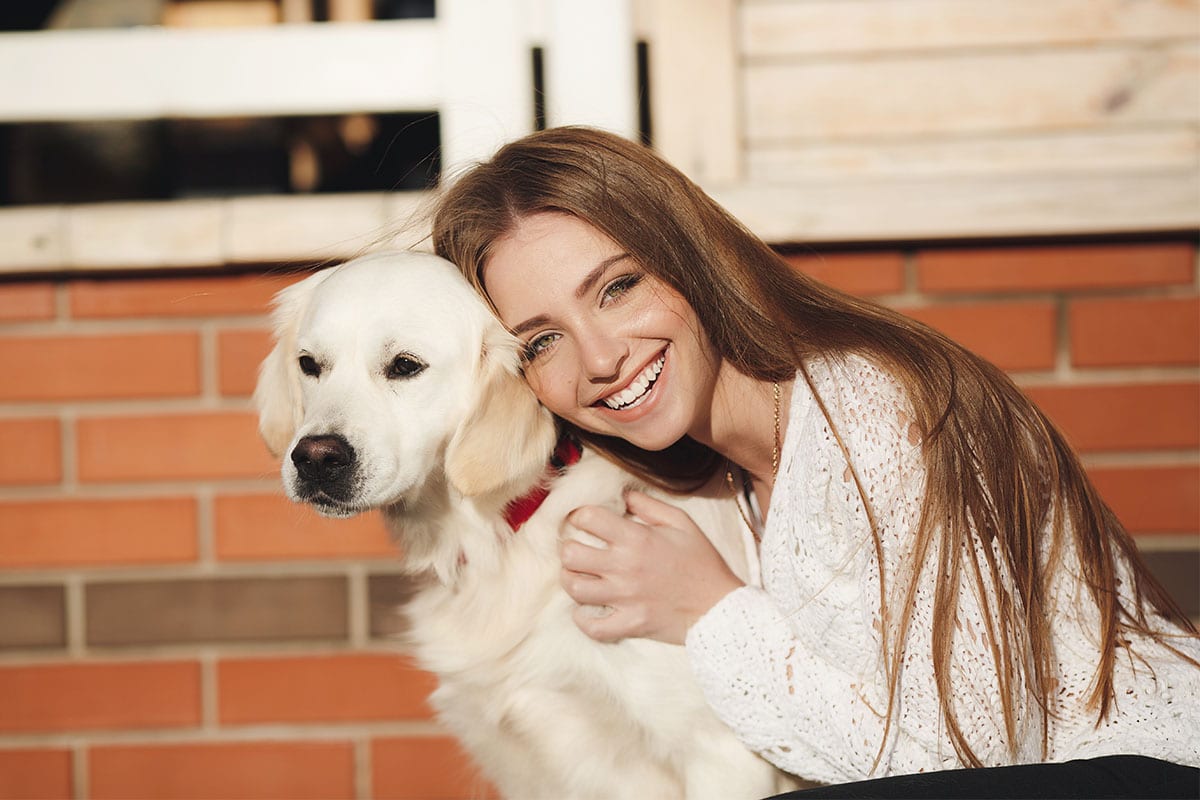
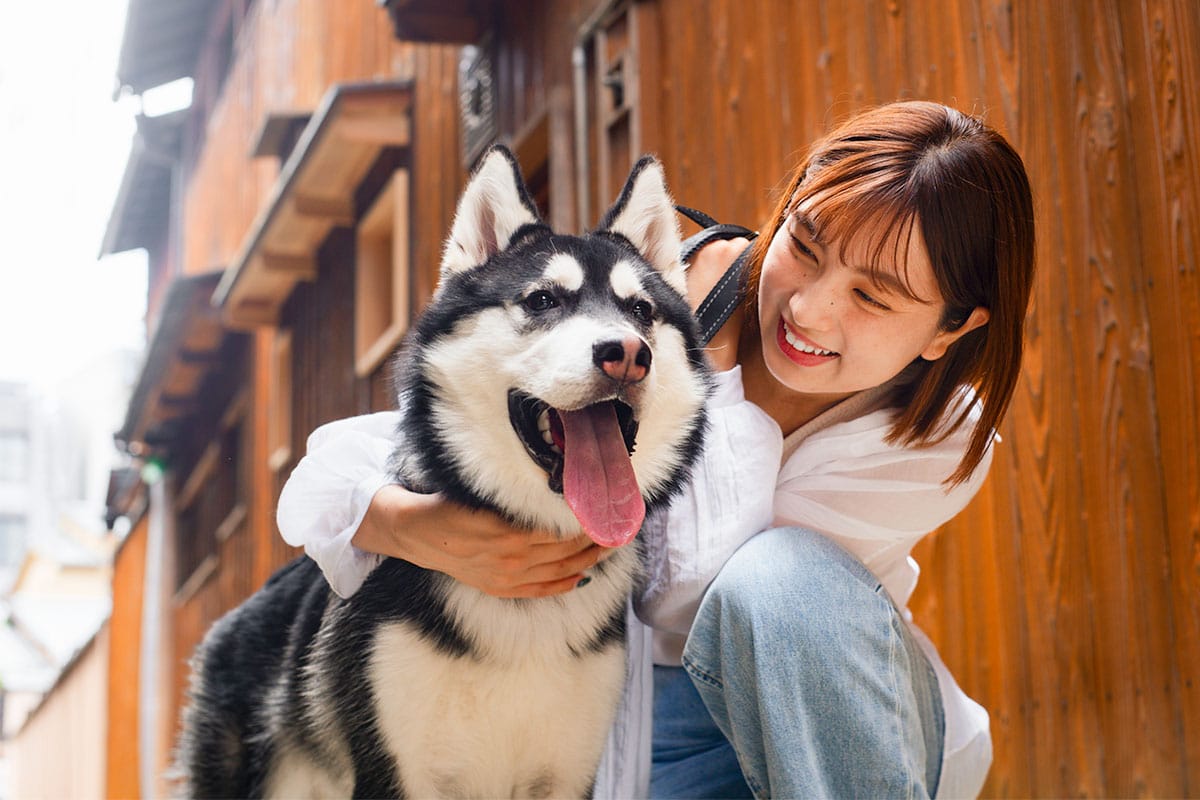
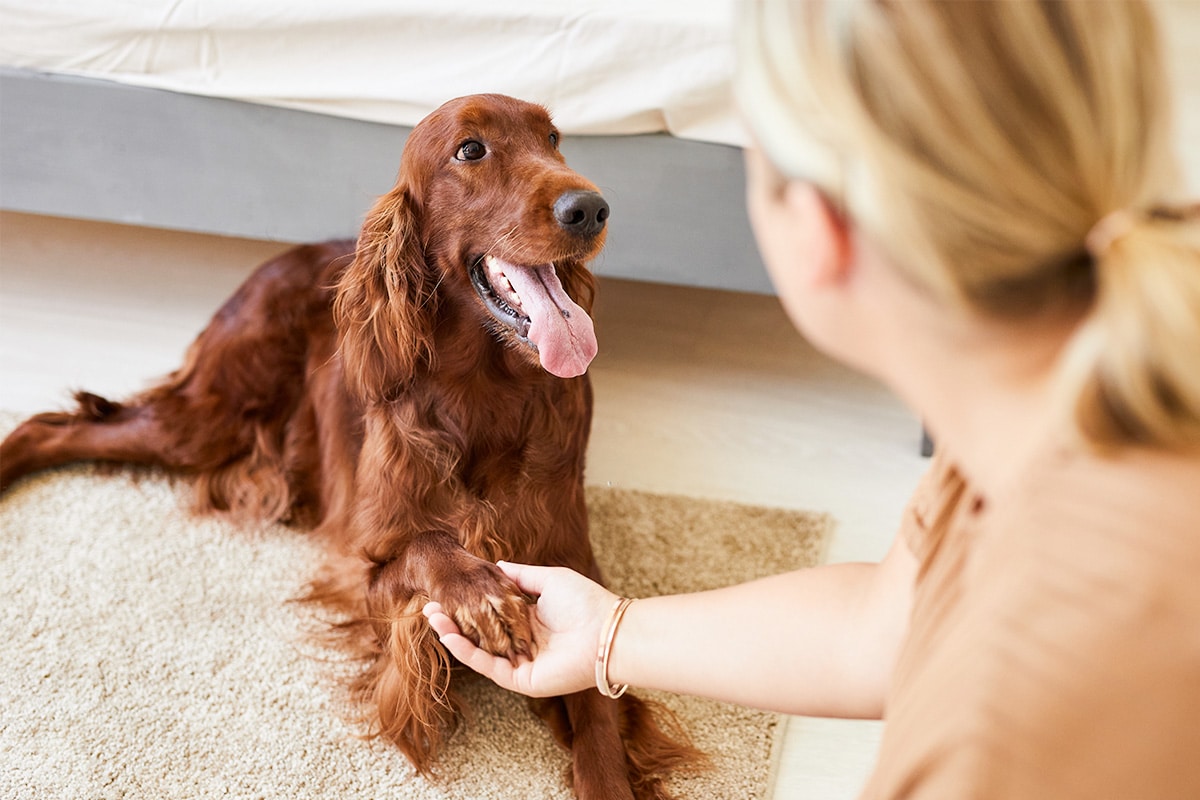
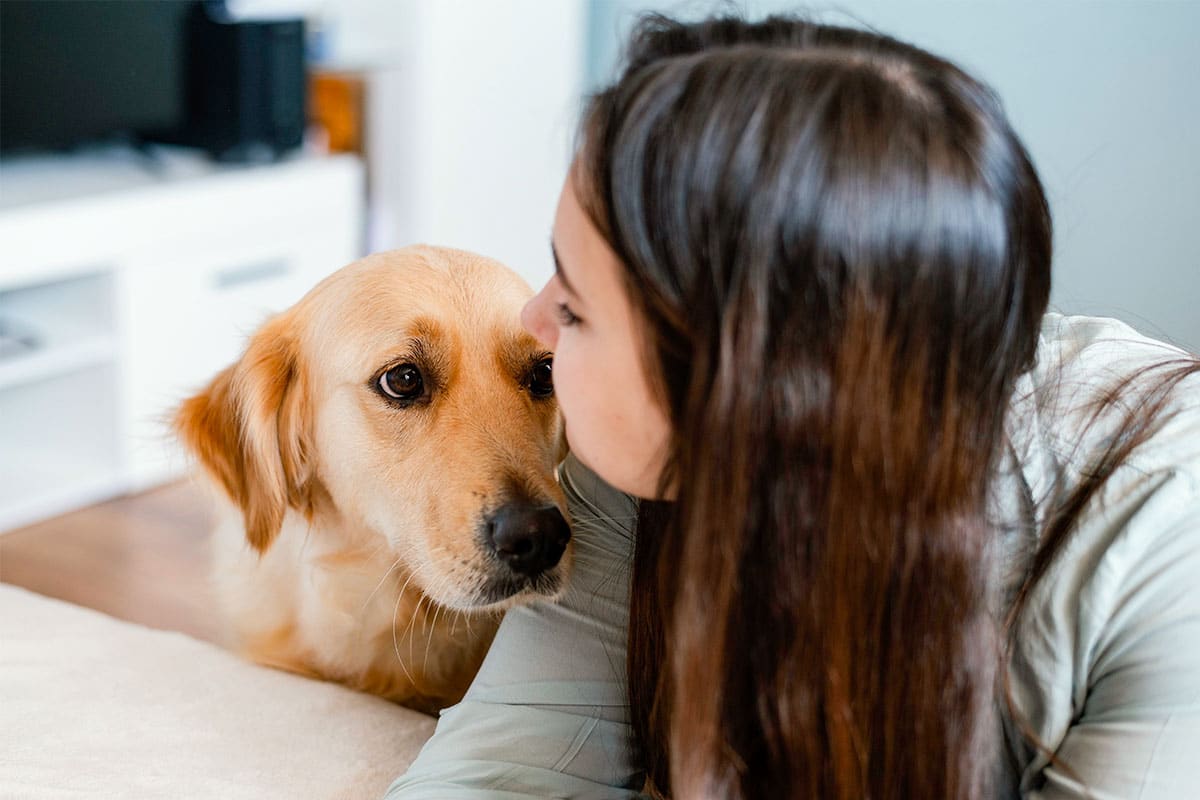
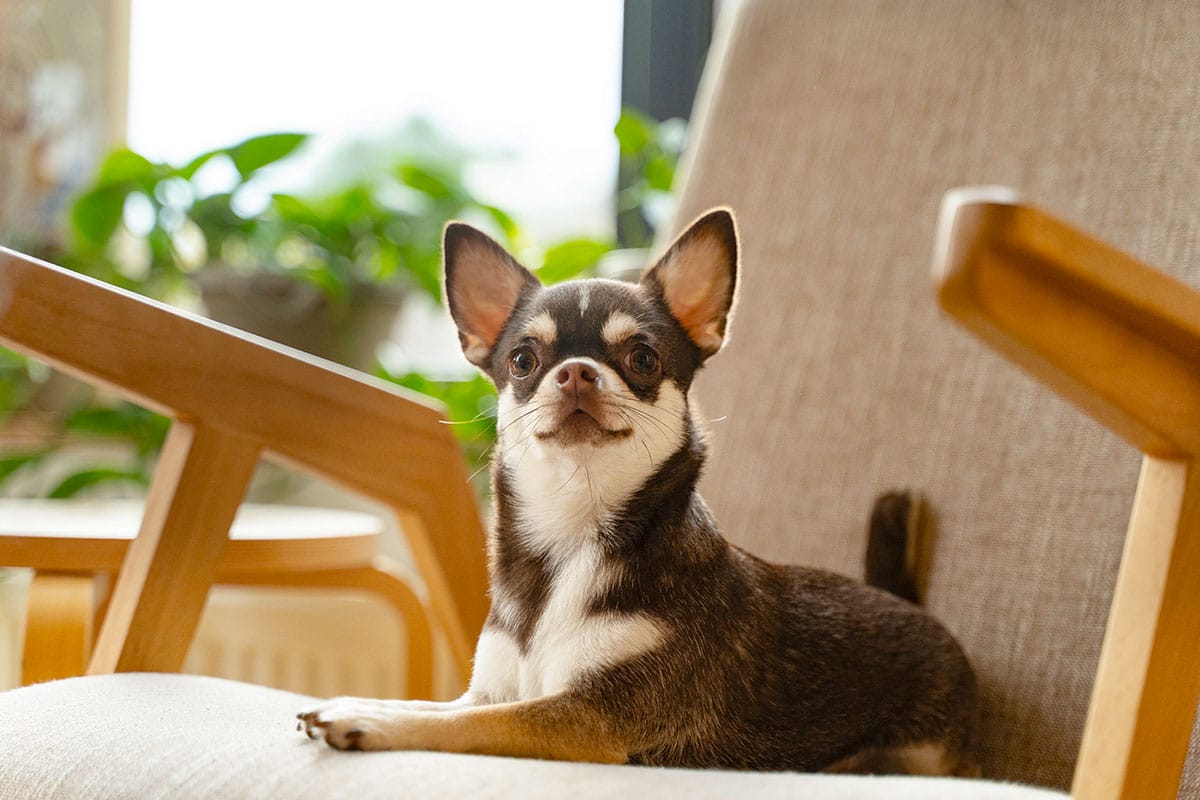

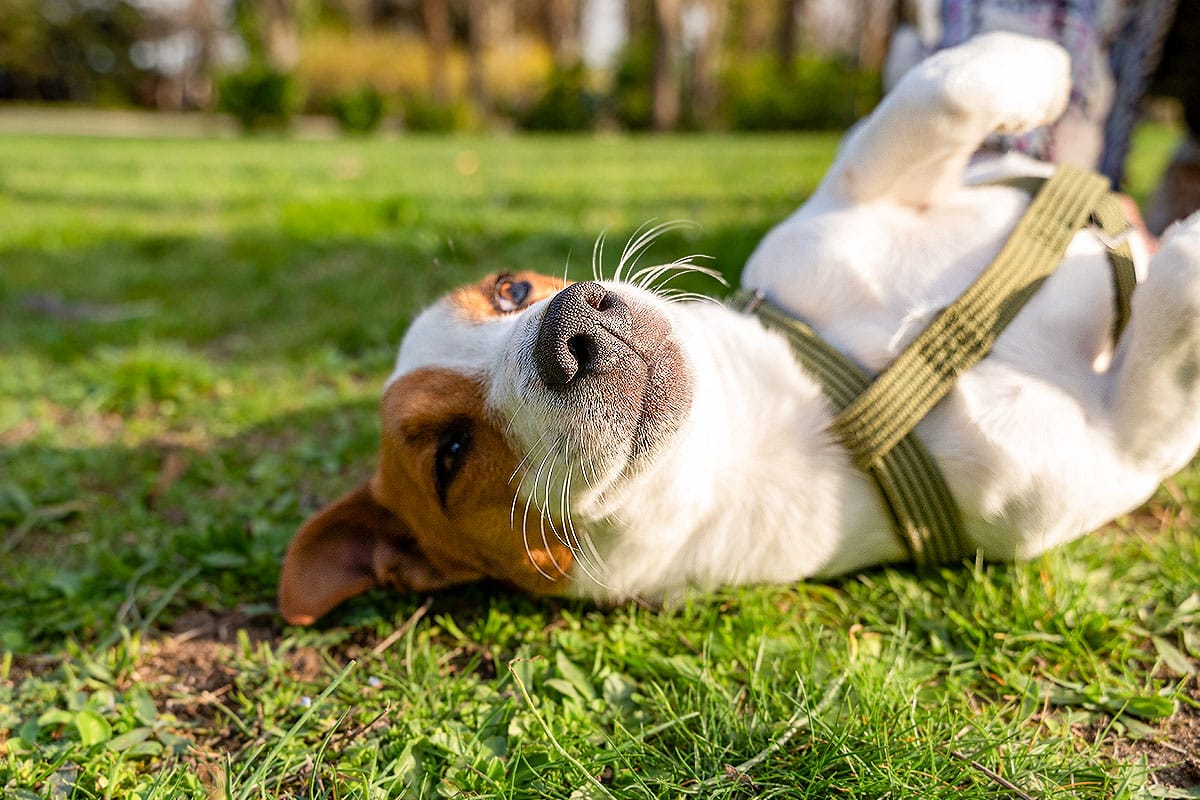


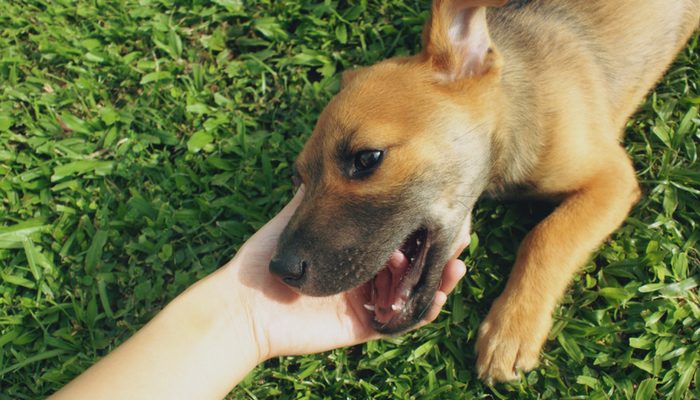





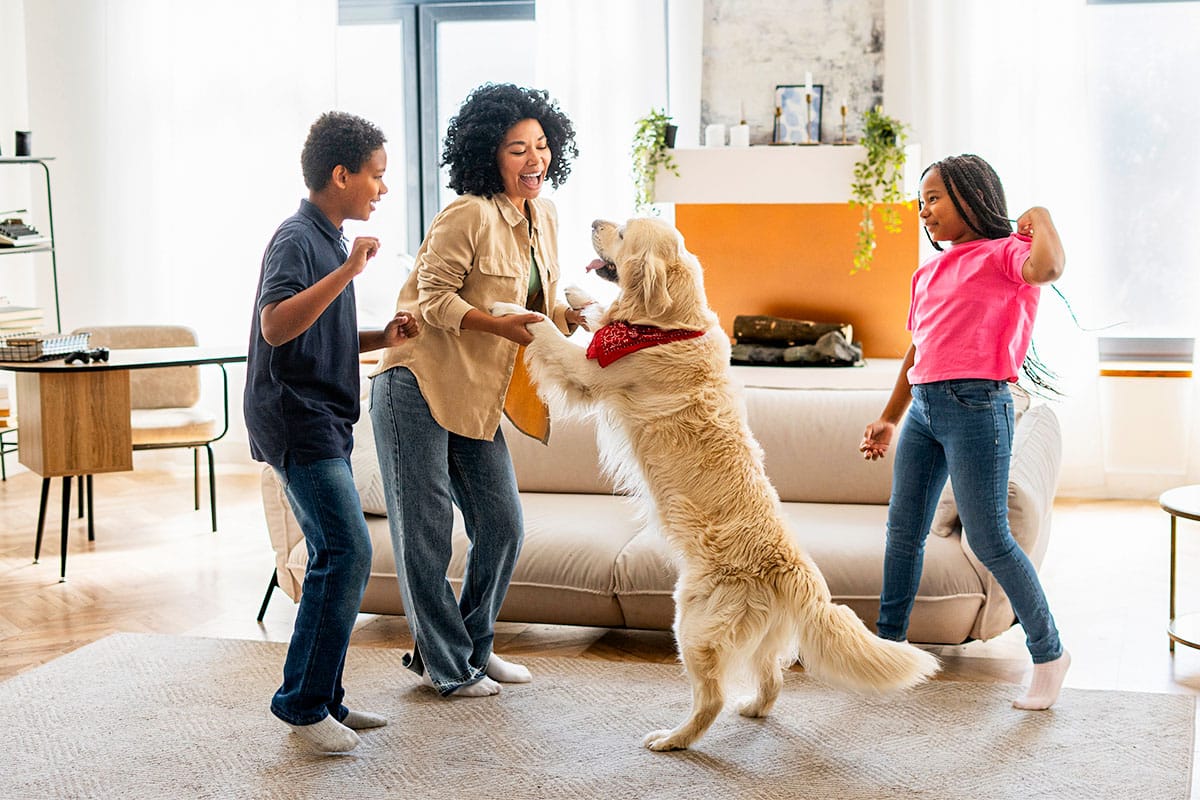

 English (US) ·
English (US) ·